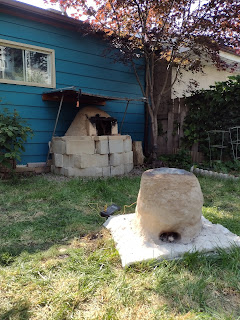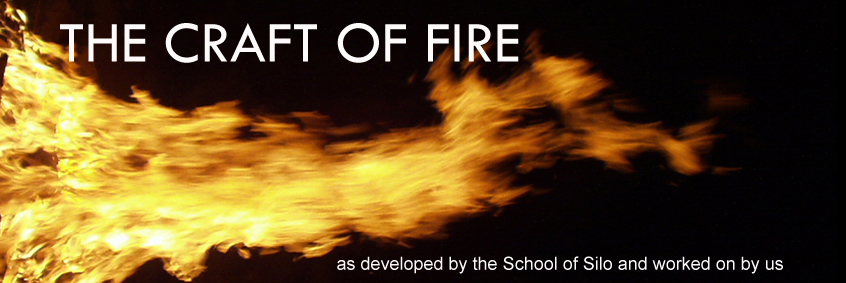Firing the Bronze Clay Furnace

We tried to enter the Bronze Age but can't seem to leave Aluminum! Last weekend, we fired up the bronze furnace. We made a hole for the pyrometer about 18 cm from the bottom, brought it out to the backyard, and got a little fire going within it. We lay ceramic fibre down under the furnace too, to further insulate it below (the clay floor is a bit thin). Then we placed our crucible inside, on a bed of charcoal. It's loaded up with scrap pieces of brass that I had: a door handle, strike plates, some fittings, etc. There was no lid; the charcoal covers it and prevents oxidation. We added store-bought BBQ charcoal and then more or less sat back and watched it go. We topped it up a couple of times and sometimes we'd blow some air (lung-powered) into the bottom to get the new charcoal to catch more quickly. The furnace held up very, very well. A few, thin cracks appeared when we were up quite high in temperature, around 700-800º C. The highest temperature recorded was 976º C.

